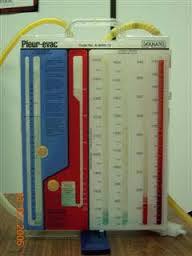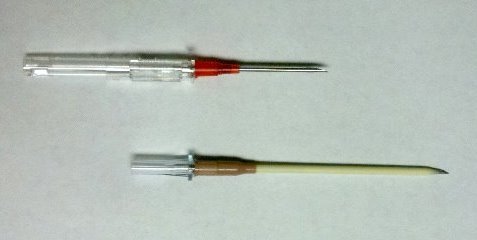Neurosurgeons tend to worry about aneurysms a lot. They can cause devastating and lasting neurologic dysfunction. The most common diagnostic finding, besides the classic “worst headache of my life” complaint, is subarachnoid hemorrhage (SAH). And one of the more common CT findings after head trauma is also SAH.
For that reason, CT angiography tends to get added on to the trauma workup from time to time. Trauma professionals are faced with the “chicken or the egg” question, trying to figure out if a leaking aneurysm caused the subarachnoid blood and then the fall/crash, or the fall/crash caused the blood.
A group at St. Luke’s Hospital in Bethlehem PA looked at this question using 5 years worth of retrospective data from their Level I trauma center. They noted a significant increase in the number of CT angiographic (CTA) studies being ordered in their head trauma patients and wanted to determine which patients would benefit most from this study.
Here are the factoids:
- 617 patients were identified with traumatic SAH during the study period, and 186 of them (30%) underwent CTA
- 13 patients (7%) who had CTA actually had an aneurysm
- Of these 13 patients, 8 were believed to have presented with trauma caused by the aneurysm because they were found to be ruptured
-
All patients who had a ruptured aneurysm had a pattern of central subarachnoid hemorrhage on CTA
- Of the patients who were “found down”, none had an aneurysm
Bottom line: Pre-existing aneurysms are not any more common in TBI patients than they are in the general population. However, they may be the cause of trauma on occasion. Contrary to what many think, they seem to be uncommon in cases of patients who are found down; it looks like the trauma usually comes first. However, a pattern of central subarachnoid hemorrhage is reasonably predictive of this uncommon yet dangerous problem, so addition of CT angiography of the head when it is seen on non-contrast CT appears to be warranted.
Related posts:
Reference: Selected computed tomographic angiography in traumatic subarachnoid hemorrhage: a pilot study. J Surg Research, in press, 2015.




